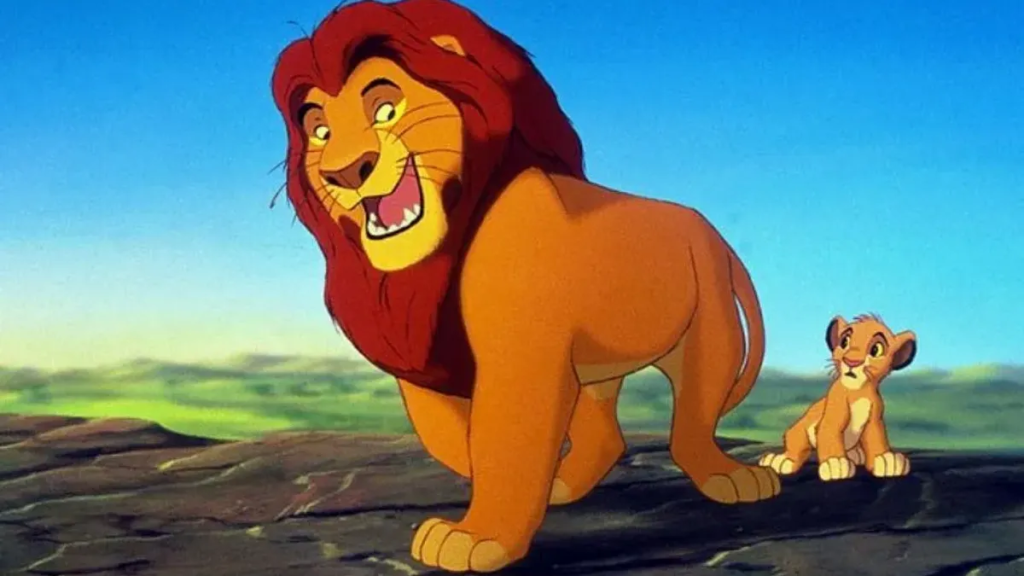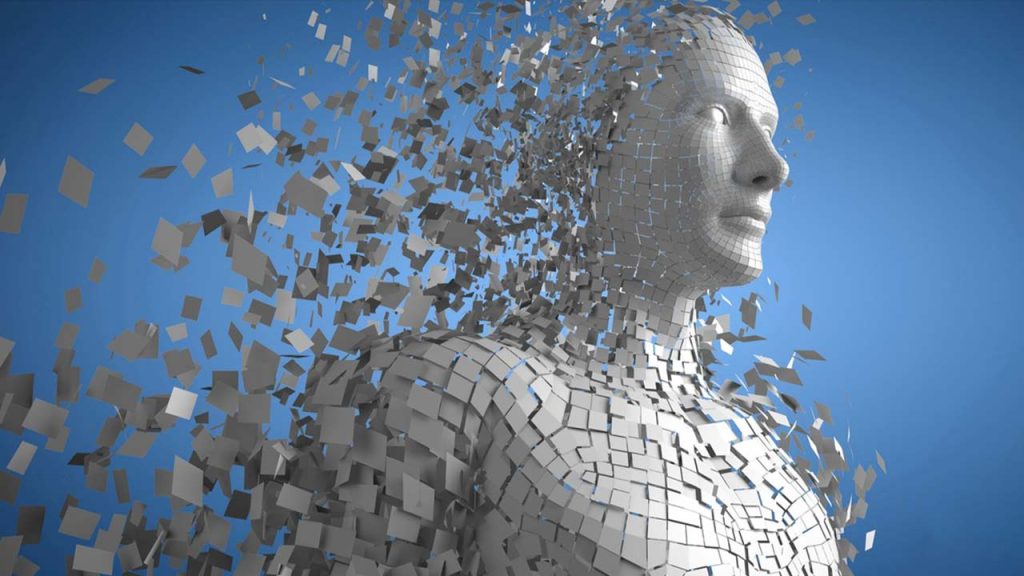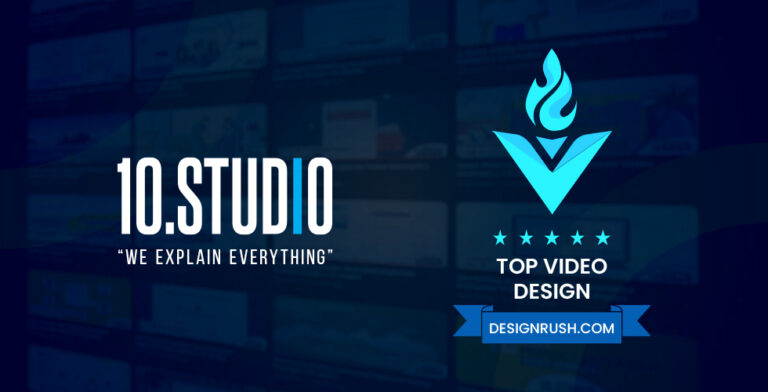Animated videos are a popular medium of visual storytelling that utilizes animation techniques to convey ideas, emotions, and information. Unlike live-action videos, animated videos use graphics, motion graphics, and computer-generated imagery (CGI) to create moving images and characters.
How Are Animated Videos Influencing Business?
Animated videos are becoming increasingly popular among businesses due to their effectiveness in conveying complex ideas and increasing audience engagement. They are influencing businesses in several ways. First, they help businesses to create a distinct brand identity for themselves by telling their story in a visually appealing way. Second, they can increase engagement, leading to better conversion rates, increased website traffic, and a more loyal customer base. Moreover, animated videos can simplify communication by explaining complex ideas and concepts in a simple and easy-to-understand manner. They are also more cost-effective than live-action videos, making them beneficial for businesses with limited budgets. Lastly, they can be used to create engaging and informative training materials for employees.
The statistics also support how practically animated videos are influencing business. According to a report by Vidyard, businesses that use video in their marketing efforts see 49% faster revenue growth than those that don’t. And a study by Wyzowl found that 83% of businesses believe that video provides a good return on investment, with 87% of businesses using video as a marketing tool. Animaker reports that 96% of businesses believe that animated videos help increase user understanding of their product or service, while 80% said that videos helped them increase website traffic.

Types of Animated Videos for Businesses
There are different styles of animated videos, such as 2D animation, 3D animation, motion graphics, stop-motion animation, and more. Each style has its own unique characteristics and is used to convey different types of stories or messages.
1. 2D Character Animation
2D character animation is the process of creating movement and expressions for two-dimensional characters, typically using digital tools. It involves creating a series of drawings that are then played in rapid succession to give the illusion of movement.
For example, the popular animated TV series “The Simpsons” uses 2D character animation. The characters are first drawn using a combination of digital and traditional methods, and then animated using specialized software. Each character is composed of multiple layers, allowing for more complex movement and facial expressions. The animation is then synchronized with dialogue and sound effects to create the final product.
2D character animation can be used in a variety of media, including TV shows, movies, video games, and advertising. It offers a unique way to bring characters to life and can help to create engaging and memorable content.

2. Whiteboard Animation
Whiteboard animation is a style of animation that involves creating drawings on a whiteboard or similar surface, while a narrator explains a concept or story. It is often used for educational and instructional videos.
For example, the video “RSA Animate: Changing Education Paradigms” is a whiteboard animation that explains how the modern education system is failing students. As the narrator speaks, a skilled artist draws images and diagrams on a whiteboard, emphasizing key points and helping to illustrate complex ideas.
Whiteboard animation can be a highly effective way to convey information in a clear and engaging way. By combining audio and visual elements, it can help to capture and hold the viewer’s attention, making it a popular choice for explainer videos, training videos, and marketing content.
3. Motion Graphic Video
Motion graphic videos are animated videos that combine typography, graphics, and video elements to create a dynamic and engaging visual experience. They are often used in marketing and advertising, as well as in explainer videos and title sequences for TV shows and movies.
For example, the opening titles for the popular TV show “Stranger Things” use motion graphics to create a retro-inspired, 80s-themed introduction. The titles feature animated typography and neon graphics, set to an eerie synth soundtrack. The overall effect is a visually striking and memorable introduction to the show.
Motion graphic videos can be used to convey complex information in a visually compelling way. By using animation and dynamic typography, they can help to emphasize key points and capture the viewer’s attention. They can also be used to create unique and memorable brand identities for companies and organizations.
4. 3D Animation
3D animation is a technique that involves creating digital models and environments, and then animating them to create lifelike movement and interactions. It is often used in movies, video games, and TV shows.
For example, the movie “Toy Story” is a classic example of 3D animation. The movie features a cast of digitally animated toys, including Woody and Buzz Lightyear, who come to life and embark on a series of adventures. The animation in the movie was created using specialized software and techniques, allowing for realistic movement and facial expressions.
3D animation is a powerful tool for creating immersive and engaging visual experiences. It allows filmmakers and animators to create lifelike characters and environments, and to tell stories that might be difficult or impossible to capture using traditional filming techniques. It is also used in fields such as architecture, product design, and scientific visualization, to help visualize and communicate complex concepts.

5. 2.5D Animation
2.5D animation creates the illusion of 3D depth in 2D animation. It involves taking 2D images and animating them in a 3D space, giving them a sense of depth and perspective.
For example, the opening titles for the TV show “Game of Thrones” use 2.5D animation to create a sweeping, panoramic view of the show’s fantasy world. The animation features a series of 2D images, including castles, landscapes, and characters, that are layered and animated in a 3D space. The result is a visually striking introduction to the show that captures the epic scale and grandeur of the story.
2.5D animation can be a cost-effective way to create visually stunning animations that have the depth and complexity of 3D animation. It is often used in advertising, video games, and title sequences for movies and TV shows. By combining the depth and perspective of 3D animation with the style and simplicity of 2D animation, it offers a unique and visually compelling alternative to traditional animation techniques.
6. Typography Explainer Videos
Typography explainer videos are a type of animated video that use typography (the art and technique of arranging type) to explain a concept, product, or service. They are a creative way to engage audiences with visually appealing designs and typography that helps convey a message. These videos use animated text, graphics, and other visual elements to communicate complex ideas in a clear and concise way.
One example of a typography explainer video is the “The Power of Words” video by Andrea Dorfman. This video uses simple, yet powerful typography to express the importance of words and how they can shape our lives. The use of vibrant colors and playful animations create an engaging and memorable visual experience for the viewer.
7. Stop Motion Video Style
Stop motion video is an animation technique that involves manipulating physical objects and taking a series of photographs, with each photograph showing a slight change in the position of the objects. When played back at high speed, these photographs create the illusion of movement, giving the impression that the objects are alive and in motion. Stop motion videos can be used to create a wide range of content, including short films, advertisements, music videos, and more.
One example of a stop motion video is the music video for the song “Her Morning Elegance” by Oren Lavie. The video uses stop motion animation to create a dreamlike world where everyday objects come to life and tell a story. The video’s intricate set design and detailed character animations make it a visually stunning and memorable piece of art.
8. Screencast with Animation
Screencast with animation is a type of video that combines recorded footage of a computer screen with animated graphics and text overlays. This type of video is commonly used for instructional or educational purposes, where the presenter walks through a process or demonstrates how to use a particular software or website. The addition of animation and graphics helps to clarify complex concepts and keep the viewer engaged.
An example of a screencast with animation is the tutorial video for the video editing software – Adobe Premiere Pro. The video combines recorded footage of the software interface with animated graphics and text overlays that highlight key features and processes. This type of video is an effective way to teach complex software and processes to users who may be unfamiliar with the program.
9. Live Action 2D Animation
Live action 2D animation is a technique that involves combining live-action footage with 2D animation to create a seamless blend of the two. This technique is often used to add animated elements to live-action films or to create commercials or music videos with a unique visual style.
An example of live action 2D animation is the music video for the song “Take On Me” by A-ha. The video uses a combination of live-action footage and hand-drawn animation to create a surreal and dreamlike visual experience. The live-action footage is traced over with animation, creating a distinctive look and feel that has become iconic. The use of live action 2D animation in “Take On Me” adds to the overall sense of whimsy and fantasy in the video and has helped to make it a classic of the medium.
10. Rotoscope Animation
Rotoscope animation is a technique where live-action footage is traced over frame by frame to create a hand-drawn animation. This technique allows animators to create lifelike movements and expressions that mimic those of real-life actors and actresses. Rotoscope animation is commonly used in movies and TV shows to create dynamic action scenes or to add a stylized visual effect.
One example of rotoscope animation is the movie “A Scanner Darkly”. The movie uses rotoscope animation to create a unique and trippy visual style that complements the film’s psychedelic narrative. The rotoscope technique adds a sense of fluidity and realism to the characters’ movements, while the hand-drawn lines give the movie a distinctive, handcrafted feel. The use of rotoscope animation in “A Scanner Darkly” creates a visually striking and memorable movie that has become a cult classic.
11. Cut-Out Animation
Cut-out animation is a technique where characters and objects are cut out of materials such as paper or fabric and then animated using stop-motion techniques. This type of animation can create a distinctive look and feel, often with a handmade, textured quality.
An example of cut-out animation is the TV show “South Park”. The show’s characters are created using cut-out paper techniques and then animated using stop-motion animation. This gives the characters a distinct, crude aesthetic that has become iconic. The cut-out technique allows for quick and efficient production, as the characters and sets can be easily manipulated and changed as needed. “South Park” has become a cultural phenomenon, in part because of its unique animation style and irreverent humor.
12. Mechanical 3D Animation
Mechanical 3D animation is a type of animation that involves creating a 3D model of a mechanical object or system and animating it to show how it works. This type of animation is commonly used in engineering, manufacturing, and product design to demonstrate how a product functions and to highlight its features and benefits.
An example of mechanical 3D animation is the “How It Works” video series by Animagraffs. These videos use 3D animation to show how various machines and systems work, including engines, transmissions, and even the human body. The 3D models are highly detailed and accurate, allowing viewers to gain a better understanding of how these complex systems operate. The use of mechanical 3D animation in these videos help to simplify and demystify complex processes, making them easier to understand and appreciate.
13. HUD Animation
HUD (Heads-Up Display) animation is a type of animation that simulates the display of information on a transparent screen in front of the viewer. This type of animation is commonly used in sci-fi movies and video games to show a character’s point of view or to provide information to the viewer in a visually compelling way.
An example of HUD animation is the Iron Man suit in the Marvel Cinematic Universe. The suit’s heads-up display shows important information such as altitude, speed, and weapon status in a futuristic and visually engaging way. The use of HUD animation in the Iron Man movies adds to the overall immersive experience and reinforces the high-tech nature of the suit. The technique has become so iconic that it has been imitated in other movies and TV shows, as well as in real-life military and aviation displays.
14. Plexus Animation
Plexus animation is a type of animation that creates a web-like or networked structure using 3D graphics. This type of animation is often used to visualize complex systems or data in a visually compelling and easy-to-understand way.
An example of Plexus animation is the opening sequence of the TV show “Halt and Catch Fire“. The sequence uses Plexus animation to create a networked structure that represents the rise of the personal computer industry in the 1980s. The use of Plexus animation adds to the overall theme of the show, which explores the rapid evolution of technology and its impact on society. The technique has become popular in other media as well, including music videos and commercials, as it provides a visually striking way to depict complex concepts or data.
- Wrapping up
Lasty, there are many types of animated videos that businesses can use to promote their products and services. Each type of video has its strengths and weaknesses, and the choice of the video type will depend on the business’s marketing goals, target audience, and budget. By selecting the right type of animated video, businesses can create engaging content that will capture their audience’s attention and help them to achieve their business objectives.






